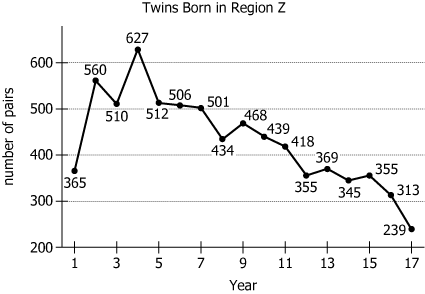Events & Promotions
|
|

GMAT Club Daily Prep
Thank you for using the timer - this advanced tool can estimate your performance and suggest more practice questions. We have subscribed you to Daily Prep Questions via email.
Customized
for You
Track
Your Progress
Practice
Pays
Not interested in getting valuable practice questions and articles delivered to your email? No problem, unsubscribe here.
- Nov 20
07:30 AM PST
-08:30 AM PST
Learn what truly sets the UC Riverside MBA apart and how it helps in your professional growth - Nov 22
11:00 AM IST
-01:00 PM IST
Do RC/MSR passages scare you? e-GMAT is conducting a masterclass to help you learn – Learn effective reading strategies Tackle difficult RC & MSR with confidence Excel in timed test environment - Nov 23
11:00 AM IST
-01:00 PM IST
Attend this free GMAT Algebra Webinar and learn how to master the most challenging Inequalities and Absolute Value problems with ease. - Nov 25
10:00 AM EST
-11:00 AM EST
Prefer video-based learning? The Target Test Prep OnDemand course is a one-of-a-kind video masterclass featuring 400 hours of lecture-style teaching by Scott Woodbury-Stewart, founder of Target Test Prep and one of the most accomplished GMAT instructors.
Kudos
Bookmarks
Dropdown 1: 4
Dropdown 2: 17
Be sure to select an answer first to save it in the Error Log before revealing the correct answer (OA)!
Difficulty:
 5%
(low)
5%
(low)
Question Stats:
98% (01:04) correct 2%
(01:41)
wrong
2%
(01:41)
wrong  based on 1520
sessions
based on 1520
sessions
History
Date
Time
Result
Not Attempted Yet

The graph shows, for each year of a 17-year period, the number of pairs of twins born in Region Z. In that time, the ratio of the number of twin births to the number of all births was essentially constant.
Select from each drop-down menu the option that creates the statement that is most strongly supported by the information provided.
Of the 17 years appearing in the graph, Year likely had the greatest number of births in Region Z, and Year likely had the least number of births in Region Z.

The graph shows, for each year of a 17-year period, the number of pairs of twins born in Region Z. In that time, the ratio of the number of twin births to the number of all births was essentially constant.
Select from each drop-down menu the option that creates the statement that is most strongly supported by the information provided.
Of the 17 years appearing in the graph, Year likely had the greatest number of births in Region Z, and Year likely had the least number of births in Region Z.
ID: 700250
ShowHide Answer
Official Answer
Dropdown 1: 4
Dropdown 2: 17
Kudos
Bookmarks
IMO it's 4,17
Ratio = C
Pair of twins/Total berths = C
Total Births = Pair/C
So total births is directly proportional to Par of twins. So clearly from chart 4 is max and 17 is min
Ratio = C
Pair of twins/Total berths = C
Total Births = Pair/C
So total births is directly proportional to Par of twins. So clearly from chart 4 is max and 17 is min
General Discussion
Kudos
Bookmarks
Quote:
We are given the number of pairs of twins, not the number of births. But we are given that the ratio is constant. This means that if this ratio is 1:10, every year, there was 1 pair of twin births for 9 single births. If some year there were 10 pairs of twin births, the number of single births would have been 90 etc.
So in some year, if there were more twin births, it means more single births too and hence more total births.
Of the 17 years appearing in the graph, Year ___ likely had the greatest number of births in Region Z, and Year ___ likely had the least number of births in Region Z.
Year 4 is shown to have greatest number of twin births and year 17 is shown to have least. Hence the greatest number of births (in all) would be greatest in year 4 too and least in year 17.
ANSWER: 4, 17









